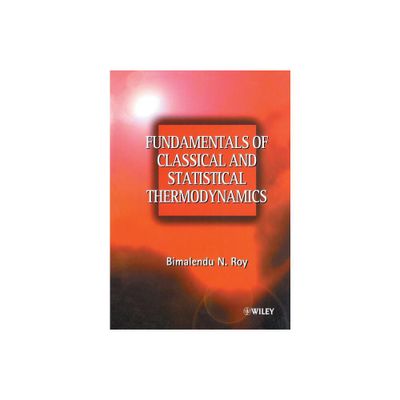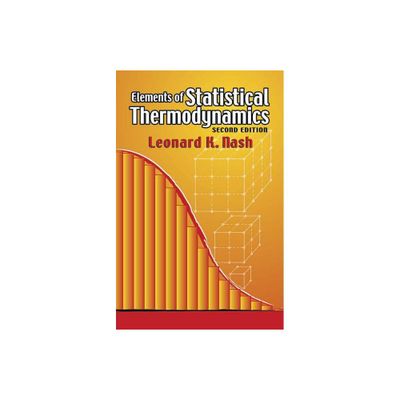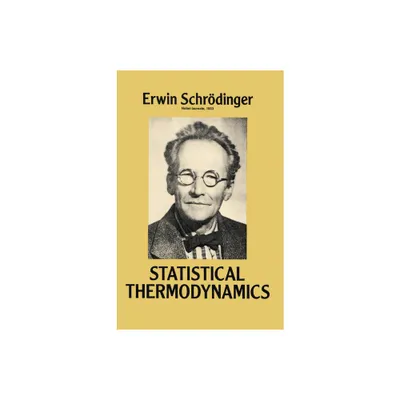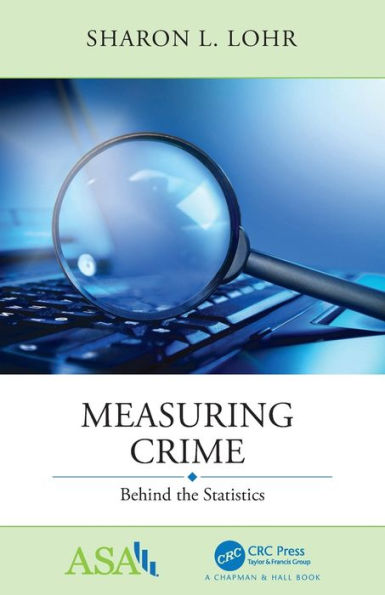Home
Micellar Solutions and Microemulsions: Structure, Dynamics, and Statistical Thermodynamics / Edition 1
Loading Inventory...
Barnes and Noble
Micellar Solutions and Microemulsions: Structure, Dynamics, and Statistical Thermodynamics / Edition 1
Current price: $54.99


Barnes and Noble
Micellar Solutions and Microemulsions: Structure, Dynamics, and Statistical Thermodynamics / Edition 1
Current price: $54.99
Loading Inventory...
Size: OS
*Product Information may vary - to confirm product availability, pricing, and additional information please contact Barnes and Noble
During the last decade there has been a renewed interest in research on supramolecular assemblies in solutions, such as micelles and microemulsions, not only because of their extensive applications in industries dealing with catalysts, detergency, biotechnology, and enhanced oil recovery, but also due to the development of new and more powerful experimental and theoretical tools for probing the microscopic behavior of these systems. Prominent among the array of the newly available experimental techniques are photon correlation spectroscopy, small-angle neutron and X-ray scattering, and neutron spin-echo and nuclear magnetic resonance spectroscopies. On the theoretical side, the traditionally emphasized thermodynamic approach to the study of the phase behavior of self-assembled systems in solutions is gradually being replaced by statistical mechanical studies of semi-micro scopic and microscopic models of the assemblies. Since the statistical mechanical approach demands as its starting point the microscopic structural information of the self-assembled system, the experimental determination of the structures of micelles and microemulsions becomes of paramount interest. In this regard the scattering techniques mentioned above have played an important role in recent years and will continue to do so in the future. In applying the scattering techniques to the supramolecular species in solution, one cannot often regard the solution to be ideal. This is because the inter-aggregate interaction is often long-ranged since it is coulombic in nature and the interparticle correlations are thus appreciable.


















